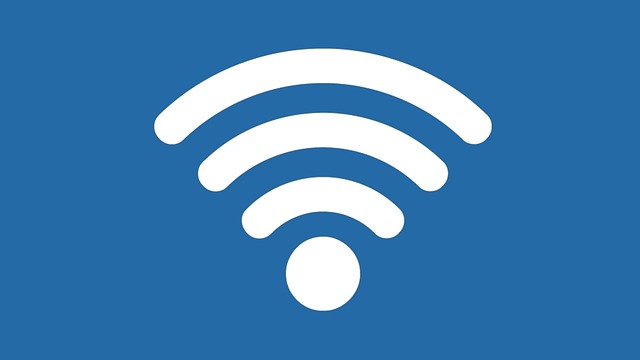The world of online broadcast has undergone a remarkable transformation over the past few decades, evolving from rudimentary television transmissions to a sophisticated landscape of high-definition streaming that captivates audiences globally. The shift from traditional TV to online platforms has not only changed how we consume content but has also ushered in a new era of display technology and technic innovation.
In the early days of television, families gathered around bulky cathode-ray tubes to watch their favorite programs. These early displays, while revolutionary at the time, lacked the clarity and vibrancy that we now take for granted. As technology progressed, we saw the introduction of LCD and plasma screens, which offered slimmer profiles and improved picture quality. These advancements paved the way for the rise of online broadcast platforms that deliver crystal clear visuals straight to our homes.
The birth of streaming services revolutionized the entertainment industry by making access to content more convenient than ever. With a simple click, viewers can now explore a vast library of shows, movies, and live events—all available on-demand. Online broadcast has removed the barriers of time and space, allowing audiences to engage with content whenever and wherever they choose.
Technic has played a vital role in this evolution. The introduction of high-speed internet has made it possible to stream high-definition content, while advancements in compression technology ensure that these streams are delivered seamlessly even on lower bandwidths. The rise of 4K and 8K displays has further enhanced the viewing experience, providing a level of detail that immerses viewers in the narratives they love.
Visual experience has become paramount, and modern monitors have transformed into art pieces that enhance our spaces. From OLED to MicroLED, the choices are numerous, with each technology offering unique benefits such as better contrast ratios, color accuracy, and energy efficiency. The focus on display technology is not merely about size or resolution; it’s about creating connections and evoking emotions through the content we watch. The advancements in HDR (High Dynamic Range) technology allow for a wider range of colors and luminosity, making the viewing experience even more stunning.
With the surge of interactive content and virtual reality, online broadcasts are also beginning to break from the traditional narrative formats. Viewers are no longer mere spectators; they are becoming participants in the storytelling process. Platforms are integrating advanced technics like augmented reality (AR) and 360-degree video, leading to experiences that are engaging on a personal level.
Furthermore, the rise of mobile streaming has encouraged content creators to adapt their productions for smaller screens, emphasizing storytelling that resonates across various platforms. This shift has led to a diversification of content, catering to global audiences with varied tastes. Therefore, whether you’re watching the latest blockbuster on your state-of-the-art 4K TV or streaming a live event on your tablet, the essence of online broadcast continues to shape our viewing habits and preferences.
As we navigate this ever-evolving landscape, it’s clear that both consumers and producers must adapt to the rapid pace of technological advancements. Display technologies will continue to evolve, pushing the boundaries of what we thought was possible in visualization. The only constant in this journey is the collective desire for a fresh, engaging way to experience stories that resonate with our hearts and minds.




